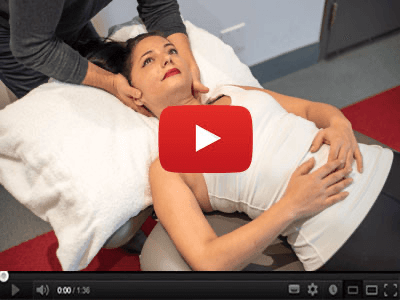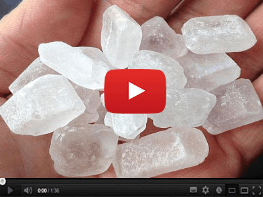12 WARNING Signs Your Blood Sugar Is Extremely High
High blood glucose levels have become a growing concern globally, contributing to over 2 million deaths in 2012 alone. By 2016, the alarming rise had seen over 1 million people succumbing to diabetes and its complications. Recognizing the symptoms early can be crucial to managing and mitigating the risks associated with high blood sugar.
Experiencing shortness of breath can indicate high blood sugar and an underlying endocrine disorder. This may manifest as "KussiMaw-Breathing," characterized by rapid or extremely heavy breathing, often due to conditions like ketoacidosis, a severe complication of diabetes marked by excess ketones in the bloodstream.
An unusual "fruity" breath smell can be an early indicator of high blood sugar, resulting from ketones produced during fat metabolism—a process that occurs when the body resorts to using fat for energy due to insufficient insulin.
High blood sugar can severely impair the body's ability to heal wounds efficiently. This delay in recovery is due to decreased blood volume and reduced immune cell function at the wound site, slowing the healing process and increasing infection risks.
Persistent fatigue, often confused with other causes, can be related to inadequate glucose utilization and dehydration. Both lead to an energy slump, impairing day-to-day functionality. Ensuring proper hydration and effective blood sugar management is essential.
Elevated blood sugars might result in blurred or impaired vision. The retina's blood vessel damage may cause lens swelling and can endanger eyesight if not monitored and controlled effectively.
Sudden weight loss with no apparent diet or exercise change could be a marker for high blood sugar, as physiological shifts in metabolism prompt the body to burn fat inefficiently.
Dry mouth symptoms in diabetics can result in less saliva production—irritating gums and paving the way for bacterial growth, while a rapid heartbeat from sugar overload can precede more severe heart conditions.
- Regular monitoring and mindful practices prevent complications.
- Early intervention is possible with awareness.
Understanding and acknowledging the symptoms and impacts of high blood sugar is pivotal in early diabetes management.
From Around The Web
Wellness Inbox is a blog & weekly newsletter that curates trending news and products related to health and wellness from around the web. We also gather content from various sources, including leading health professionals, and deliver it directly to you.
Please note that we may receive compensation if you purchase any products featured in our newsletter. Wellness Inbox is not affiliated with, nor does it endorse, any health professionals whose content may appear in our newsletter. The information provided is for general informational purposes only and should not be considered medical advice.
The information provided is not intended to replace professional medical advice, diagnosis, or treatment. All content, including text, graphics, images, and information available is for general informational purposes only. We do not guarantee the accuracy or completeness of any information presented and assume no liability for any errors or omissions. The content is subject to change without notice. We encourage you to verify any information with other reliable sources and consult your physician regarding any medical conditions or treatments.







